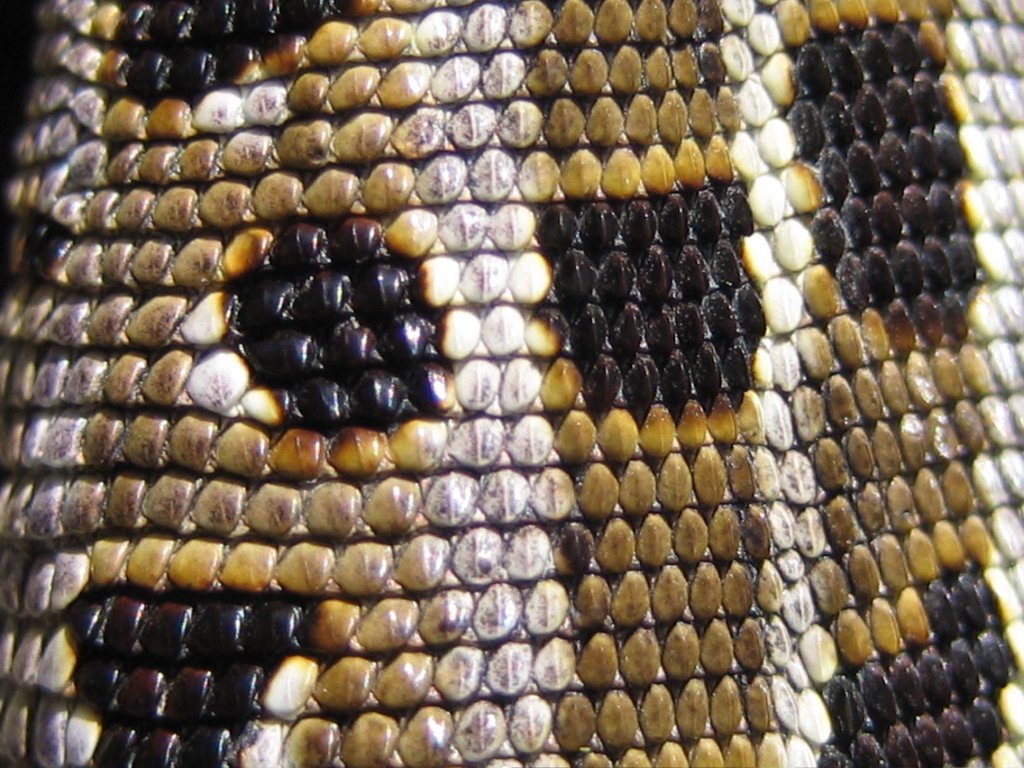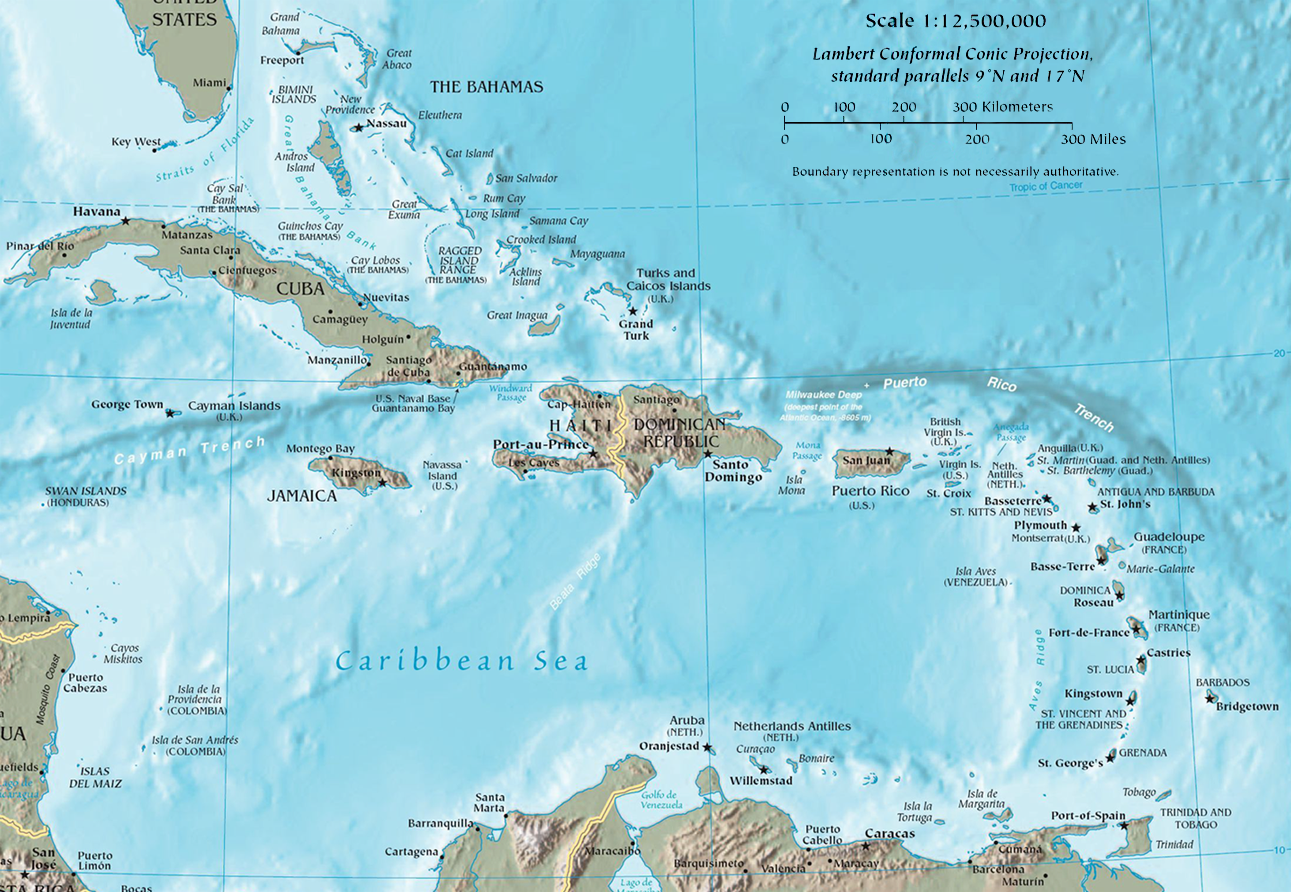|
Advenus
''Advenus montisilvestris'', the mountain forest galliwasp, is a species of lizard of the Diploglossidae family. It is the only member of the genus ''Advenus'', as well as the only species of the subfamily Celestinae that is found outside of the Caribbean. Taxonomy It was formerly classified in the genus ''Diploglossus''. Distribution and habitat It is endemic to eastern Panama, where it is found in the montane forests Montane ecosystems are found on the slopes of mountains. The alpine climate in these regions strongly affects the ecosystem because temperatures fall as elevation increases, causing the ecosystem to stratify. This stratification is a crucial f ... of the Serranía de Pirre mountain range. References {{Taxonbar, from=Q3028991 Diploglossidae Reptiles of Panama Endemic fauna of Panama Monotypic lizard genera ... [...More Info...] [...Related Items...] OR: [Wikipedia] [Google] [Baidu] |
Diploglossidae
Diploglossidae is a family of anguimorph lizards native to the Americas, with most genera being endemic to Hispaniola. Most members of this family (aside from the legless genus ''Ophiodes'') are known as galliwasps. They were formerly considered a subfamily of Anguidae, but genetic evidence has shown them to be less closely related to other members of Anguidae than Anniellidae is. Taxonomy Phylogenetic evidence supports an early Cenozoic origin for the family. Species were previously only classified into 3 genera (''Celestus'', '' Diploglossus'', and ''Ophiodes''), but a 2021 study found these genera to be paraphyletic, and thus further split them into more genera, classified within 3 different subfamilies (the celestines, diploglossines, and siderolamprines). The siderolamprines and a single celestine radiated throughout most of Central America, the diploglossines radiated throughout South America, and both the celestines and diploglossines radiated throughout the Caribbean. ... [...More Info...] [...Related Items...] OR: [Wikipedia] [Google] [Baidu] |
Charles W
The F/V ''Charles W'', also known as Annie J Larsen, is a historic fishing schooner anchored in Petersburg, Alaska. At the time of its retirement in 2000, it was the oldest fishing vessel in the fishing fleet of Southeast Alaska, and the only known wooden fishing vessel in the entire state still in active service. Launched in 1907, she was first used in the halibut fisheries of Puget Sound and the Bering Sea as the ''Annie J Larsen''. In 1925 she was purchased by the Alaska Glacier Seafood Company, refitted for shrimp trawling, and renamed ''Charles W'' in honor of owner Karl Sifferman's father. The company was one of the pioneers of the local shrimp fishery, a business it began to phase out due to increasing competition in the 1970s. The ''Charles W'' was the last of the company's fleet of ships, which numbered twelve at its height. The boat was acquired in 2002 by the nonprofit Friends of the ''Charles W''. The boat was listed on the National Register of Historic Place ... [...More Info...] [...Related Items...] OR: [Wikipedia] [Google] [Baidu] |
Species
In biology, a species is the basic unit of Taxonomy (biology), classification and a taxonomic rank of an organism, as well as a unit of biodiversity. A species is often defined as the largest group of organisms in which any two individuals of the appropriate sexes or mating types can reproduction, produce Fertility, fertile offspring, typically by sexual reproduction. Other ways of defining species include their karyotype, DNA sequence, morphology (biology), morphology, behaviour or ecological niche. In addition, paleontologists use the concept of the chronospecies since fossil reproduction cannot be examined. The most recent rigorous estimate for the total number of species of eukaryotes is between 8 and 8.7 million. However, only about 14% of these had been described by 2011. All species (except viruses) are given a binomial nomenclature, two-part name, a "binomial". The first part of a binomial is the genus to which the species belongs. The second part is called the specifi ... [...More Info...] [...Related Items...] OR: [Wikipedia] [Google] [Baidu] |
Lizard
Lizards are a widespread group of squamate reptiles, with over 7,000 species, ranging across all continents except Antarctica, as well as most oceanic island chains. The group is paraphyletic since it excludes the snakes and Amphisbaenia although some lizards are more closely related to these two excluded groups than they are to other lizards. Lizards range in size from chameleons and geckos a few centimeters long to the 3-meter-long Komodo dragon. Most lizards are quadrupedal, running with a strong side-to-side motion. Some lineages (known as " legless lizards"), have secondarily lost their legs, and have long snake-like bodies. Some such as the forest-dwelling '' Draco'' lizards are able to glide. They are often territorial, the males fighting off other males and signalling, often with bright colours, to attract mates and to intimidate rivals. Lizards are mainly carnivorous, often being sit-and-wait predators; many smaller species eat insects, while the Komodo eats mamma ... [...More Info...] [...Related Items...] OR: [Wikipedia] [Google] [Baidu] |
Family (biology)
Family ( la, familia, plural ') is one of the eight major hierarchical taxonomic ranks in Linnaean taxonomy. It is classified between order and genus. A family may be divided into subfamilies, which are intermediate ranks between the ranks of family and genus. The official family names are Latin in origin; however, popular names are often used: for example, walnut trees and hickory trees belong to the family Juglandaceae, but that family is commonly referred to as the "walnut family". What belongs to a family—or if a described family should be recognized at all—are proposed and determined by practicing taxonomists. There are no hard rules for describing or recognizing a family, but in plants, they can be characterized on the basis of both vegetative and reproductive features of plant species. Taxonomists often take different positions about descriptions, and there may be no broad consensus across the scientific community for some time. The publishing of new data and opi ... [...More Info...] [...Related Items...] OR: [Wikipedia] [Google] [Baidu] |
Caribbean
The Caribbean (, ) ( es, El Caribe; french: la Caraïbe; ht, Karayib; nl, De Caraïben) is a region of the Americas that consists of the Caribbean Sea, its islands (some surrounded by the Caribbean Sea and some bordering both the Caribbean Sea and the North Atlantic Ocean) and the surrounding coasts. The region is southeast of the Gulf of Mexico and the North American mainland, east of Central America, and north of South America. Situated largely on the Caribbean Plate, the region has more than 700 islands, islets, reefs and cays (see the list of Caribbean islands). Island arcs delineate the eastern and northern edges of the Caribbean Sea: The Greater Antilles and the Lucayan Archipelago on the north and the Lesser Antilles and the on the south and east (which includes the Leeward Antilles). They form the West Indies with the nearby Lucayan Archipelago ( the Bahamas and Turks and Caicos Islands), which are considered to be part of the Caribbean despite not borde ... [...More Info...] [...Related Items...] OR: [Wikipedia] [Google] [Baidu] |
Diploglossus
''Diploglossus'' is a genus of New World diploglossid lizards, with 20 described species, commonly known as galliwasps. Several former ''Diploglossus'' species were moved to the genus '' Siderolamprus'' in 2021. Geographic range Species of the genus ''Diploglossus'' are found in South America and parts of the West Indies. One species, ''D. bilobatus'', is found in Central America, but is sometimes placed in the distinct genus '' Mesoamericus'' in the subfamily Siderolamprinae. Species The following species are recognized as being valid.. www.reptile-database.org. *''Diploglossus bilobatus'' – O'Shaughnessy's galliwasp *'' Diploglossus delasagra'' – Cuban pale-necked galliwasp, Cuban galliwasp *''Diploglossus fasciatus'' – banded galliwasp *''Diploglossus garridoi'' – Cuban small-eared galliwasp *''Diploglossus lessonae'' – Brazilian galliwasp *''Diploglossus microlepis'' – small-lipped galliwasp *''Diploglossus millepunctatus'' – dotted galliwasp *''Diplo ... [...More Info...] [...Related Items...] OR: [Wikipedia] [Google] [Baidu] |
Endemism
Endemism is the state of a species being found in a single defined geographic location, such as an island, state, nation, country or other defined zone; organisms that are indigenous to a place are not endemic to it if they are also found elsewhere. For example, the Cape sugarbird is found exclusively in southwestern South Africa and is therefore said to be ''endemic'' to that particular part of the world. An endemic species can be also be referred to as an ''endemism'' or in scientific literature as an ''endemite''. For example ''Cytisus aeolicus'' is an endemite of the Italian flora. ''Adzharia renschi'' was once believed to be an endemite of the Caucasus, but it was later discovered to be a non-indigenous species from South America belonging to a different genus. The extreme opposite of an endemic species is one with a cosmopolitan distribution, having a global or widespread range. A rare alternative term for a species that is endemic is "precinctive", which applies t ... [...More Info...] [...Related Items...] OR: [Wikipedia] [Google] [Baidu] |
Panama
Panama ( , ; es, link=no, Panamá ), officially the Republic of Panama ( es, República de Panamá), is a transcontinental country spanning the southern part of North America and the northern part of South America. It is bordered by Costa Rica to the west, Colombia to the southeast, the Caribbean Sea to the north, and the Pacific Ocean to the south. Its capital and largest city is Panama City, whose metropolitan area is home to nearly half the country's million people. Panama was inhabited by indigenous tribes before Spanish colonists arrived in the 16th century. It broke away from Spain in 1821 and joined the Republic of Gran Colombia, a union of Nueva Granada, Ecuador, and Venezuela. After Gran Colombia dissolved in 1831, Panama and Nueva Granada eventually became the Republic of Colombia. With the backing of the United States, Panama seceded from Colombia in 1903, allowing the construction of the Panama Canal to be completed by the United States Army Corps of ... [...More Info...] [...Related Items...] OR: [Wikipedia] [Google] [Baidu] |
Eastern Panamanian Montane Forests
The Eastern Panamanian montane forests (NT0122) is an ecoregion in the east of Panama and the extreme northwest of Colombia. It contains diverse flora and fauna, with considerable endemism. The ecoregion is largely intact due to its inaccessibility, although the opening of an extension of the Pan-American Highway has introduced threats from human activity. Geography Location The ecoregion covers several separate areas of higher ground in Panama and the adjoining border region of Colombia. It has an area of . In the east the ecoregion is found on mountains surrounded by Chocó–Darién moist forests. Further west it is found on mountains surrounded by Isthmian-Atlantic moist forests.. Terrain The region is one where the Caribbean Plate is riding over the Nazca Plate and the Cocos Plate, causing tectonic instability and volcanic activity. The Cordillera de San Blas and the Serranía del Darién are in the northeast, the latter containing the Cerro Tacarcuna. The south h ... [...More Info...] [...Related Items...] OR: [Wikipedia] [Google] [Baidu] |



.jpg)
